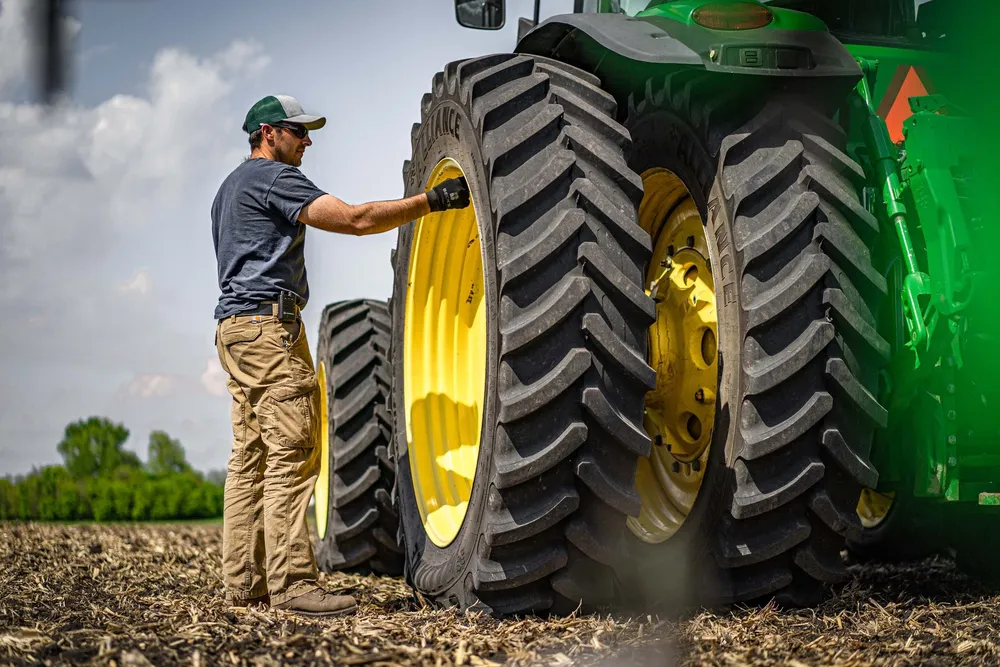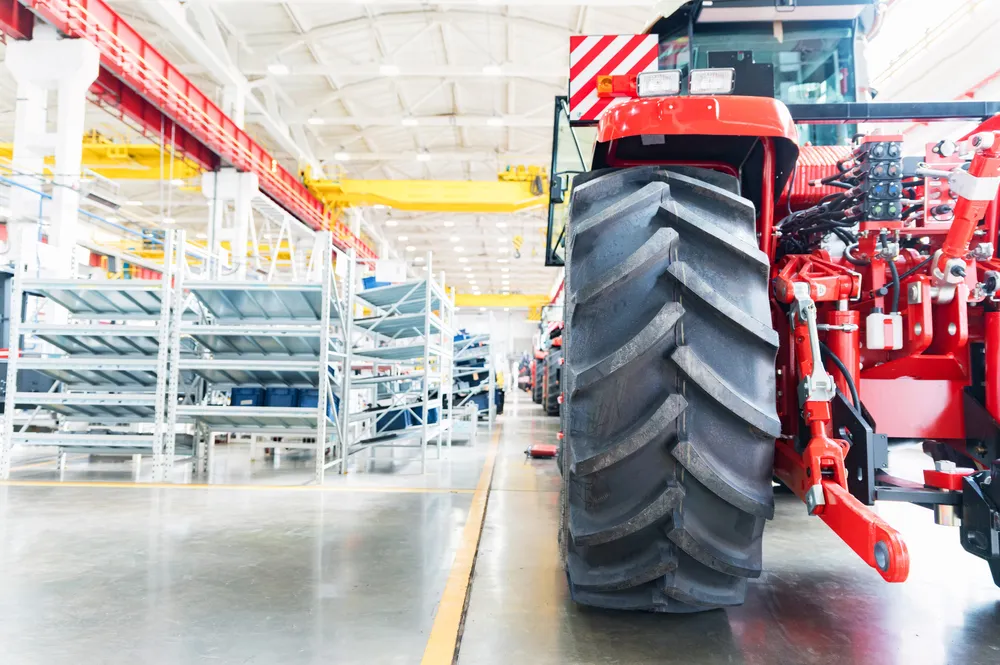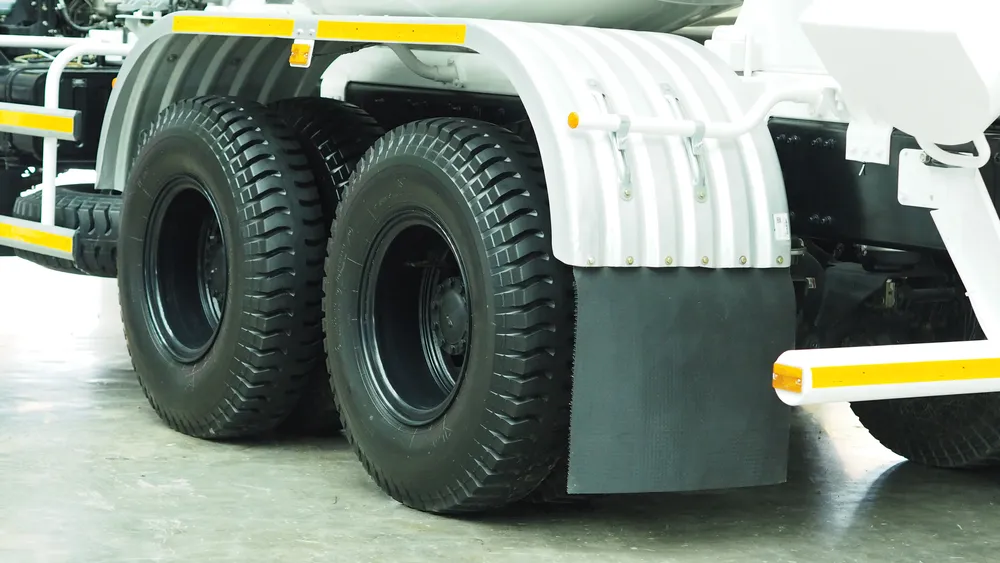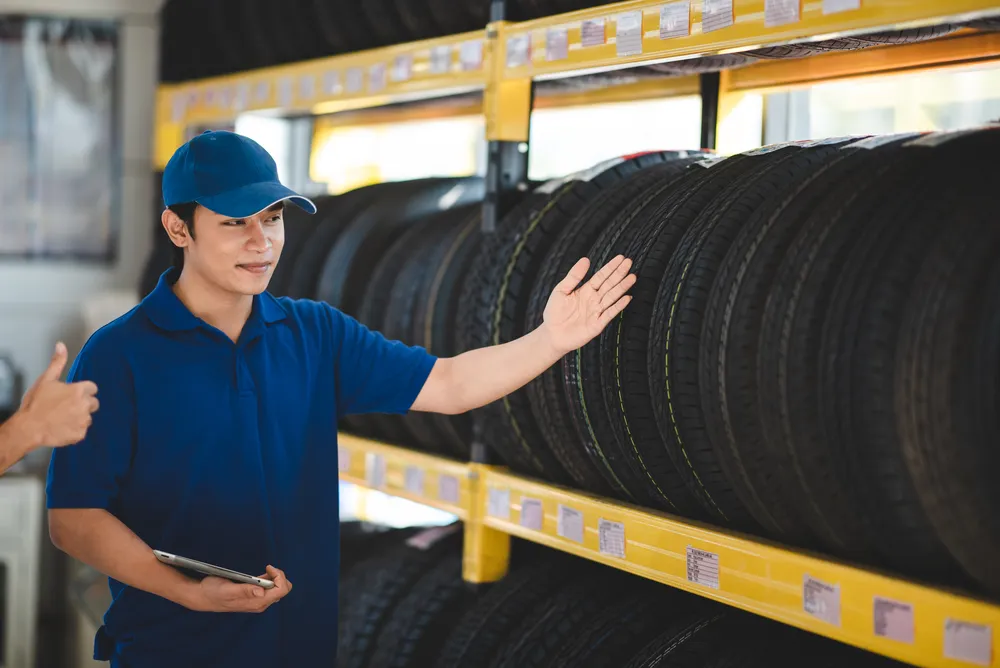In modern farming, efficiency and reliability depend not only on powerful machinery but also on the quality of the tires that keep it moving. AGR (Agricultural) tires are specifically designed to handle the tough and varied conditions of agricultural work—whether it’s plowing through soft soil, transporting crops across uneven terrain, or operating in wet fields.
In this article, we’ll explore how AGR tires support different types of agricultural equipment, what technologies make them durable and efficient, and why choosing the right tire can significantly boost farm productivity and reduce operating costs.
- What Are AGR Tires?
AGR tires, also known as agricultural tires or farm tires, are engineered for tractors, harvesters, sprayers, trailers, and other agricultural machines.
They are designed to deliver strong traction, high load capacity, and minimal soil compaction—ensuring that heavy farm machinery operates smoothly while protecting the land.
AGR tires are built for versatility, performing reliably in:
- Plowed fields and farmlands
- Grasslands and orchards
- Muddy or wet terrains
- Agricultural transport on paved and unpaved roads
- Applications Across Modern Agriculture
🔸 Tractors
Tractors are the workhorses of any farm operation, used for plowing, tilling, and hauling.
Key requirements:
- Strong traction for efficient power transfer
- Self-cleaning tread to prevent mud build-up
- Long-lasting rubber compounds for field and road use
🔸 Harvesters and Combines
These machines operate under heavy loads during harvesting seasons.
Key requirements:
- Excellent load-bearing capacity
- Balanced weight distribution to reduce soil compaction
- Heat-resistant structure for long working hours
🔸 Sprayers and Fertilizer Machines
Sprayers often travel long distances across soft fields.
Key requirements:
- Lightweight design to protect crops and soil
- High stability and minimal vibration
- Resistance to chemical exposure
🔸 Farm Trailers and Implements
Used to transport goods and materials on and off the farm.
Key requirements:
- Durability under mixed road conditions
- Puncture and wear resistance
- Compatibility with various implements and trailers
- Tread Designs for Every Terrain
AGR tires come in various tread patterns designed to optimize performance for specific soil and weather conditions:
- R-1 (Standard Agricultural): Deep lugs for general fieldwork and traction.
- R-1W (Wet Traction): Deeper lugs for improved grip in wet or muddy fields.
- R-2 (Rice and Cane): Extra-deep tread for paddy fields and sticky terrain.
- R-3 (Turf-Friendly): Shallow tread for minimal soil disturbance—ideal for orchards and grassland.
- R-4 (Industrial/Construction): Hybrid pattern for farm and industrial crossover use.
Choosing the correct tread type is crucial for maximizing traction while minimizing soil damage and fuel consumption.
- Key Technologies Behind AGR Tires
Modern AGR tires are built using advanced materials and design techniques that improve performance, safety, and durability:
- High-Strength Nylon or Steel Belts: Enhance structural stability and load capacity.
- Self-Cleaning Tread Design: Prevents clogging and maintains grip in muddy conditions.
- Reinforced Sidewalls: Resist cuts, punctures, and impacts from stones or roots.
- Optimized Footprint Design: Distributes weight evenly to reduce soil compaction.
- Weather-Resistant Compounds: Provide flexibility in both hot and cold climates.
These innovations ensure that AGR tires deliver consistent traction, long service life, and lower operating costs for modern farms.
- The Benefits of Choosing the Right AGR Tires
The right agricultural tires can transform farm performance and long-term efficiency.
Here’s how:
- Enhanced Traction: Better power transfer and less wheel slippage.
- Fuel Savings: Reduced rolling resistance leads to lower fuel consumption.
- Soil Protection: Optimized footprint prevents over-compaction and supports healthy crop growth.
- Operator Comfort: Smooth ride and reduced vibration in the cabin.
- Longer Lifespan: Durable compounds extend service intervals and reduce downtime.
Each of these benefits contributes to greater productivity and sustainability on the farm.
- Maintenance Tips for Longer Tire Life
To get the most out of AGR tires, consistent care and maintenance are essential:
- Monitor Air Pressure: Adjust pressure based on load and field condition.
- Check Tread Depth Regularly: Replace tires before traction loss affects performance.
- Clean Tires After Use: Remove mud, chemicals, and stones to prevent deterioration.
- Rotate Tires Periodically: Ensure even wear across all positions.
- Store Properly: Keep tires in a cool, dry environment away from sunlight.
Proper maintenance not only extends tire life but also ensures optimal field efficiency and operator safety.
- Sustainability in Agricultural Tire Manufacturing
As agriculture moves toward more sustainable practices, AGR tire technology is also evolving.
Key innovations include:
- Eco-Friendly Rubber Compounds: Lower rolling resistance and reduced CO₂ emissions.
- Recyclable Tire Materials: Minimizing environmental impact.
- Precision Agriculture Compatibility: Tires designed for GPS-guided and automated machinery.
These developments help farmers achieve both productivity and environmental responsibility.
Conclusion: Reliable AGR Tires Keep Your Farm Growing
From plowing and planting to harvesting and transport, AGR tires are the foundation of modern farming efficiency.
The right tire choice enhances traction, protects the soil, and ensures machinery operates with maximum reliability throughout the season.
Partnering with a trusted AGR tire supplier means gaining access to durable, high-performance tires that are engineered to handle every challenge of modern agriculture—helping your farm grow stronger, faster, and more sustainably.




